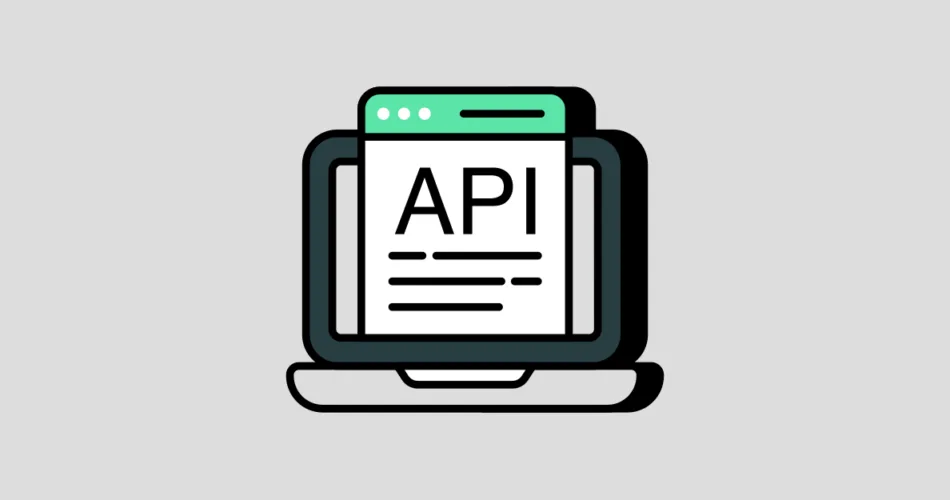Building secure RESTful APIs is crucial for protecting sensitive data and ensuring the integrity of your application. In this article, we will explore various strategies and best practices for securing your REST APIs, including authentication, authorization, rate limiting, and versioning.
Securing REST APIs with OAuth or JWT
Authentication is the first line of defense when securing your RESTful APIs. Two popular authentication methods are OAuth and JSON Web Tokens (JWT).
OAuth is a standard protocol for secure, delegated access to resources on behalf of a user. It is ideal for scenarios where third-party applications or users need limited access to your APIs. OAuth grants access tokens after user authentication, which are then sent with API requests.
JWT is a compact, self-contained way to represent information between two parties. JWTs are often used for authentication and can securely transmit data between the client and server. They are signed, making it difficult for malicious actors to tamper with the data.
API Rate Limiting and Throttling
Rate limiting and throttling are crucial for preventing abuse of your REST APIs and ensuring fair usage. They help maintain system stability and protect against Distributed Denial of Service (DDoS) attacks.
You can implement rate limiting and throttling policies based on various criteria:
- IP Address: Limit the number of requests from a single IP address to prevent abuse.
- User Authentication: Apply different rate limits to anonymous users and authenticated users.
- API Key: Control access and rate limits based on API keys associated with clients.
API Versioning and Security
API versioning is essential for maintaining backward compatibility while making changes to your REST APIs. It helps prevent breaking existing client applications and ensures a smooth transition to new features.
When handling API versions, consider the following security best practices:
- Deprecation: Clearly communicate when you will deprecate older API versions and offer a migration path for users.
- Security Updates: Make sure to apply security updates and patches to all supported API versions.
- Rate Limiting: Adjust rate limits and throttling settings per API version to maintain control.
By following these practices, you can secure your RESTful APIs, protect user data, and maintain the stability and reliability of your services.
Subscribe to our email newsletter to get the latest posts delivered right to your email.


Comments